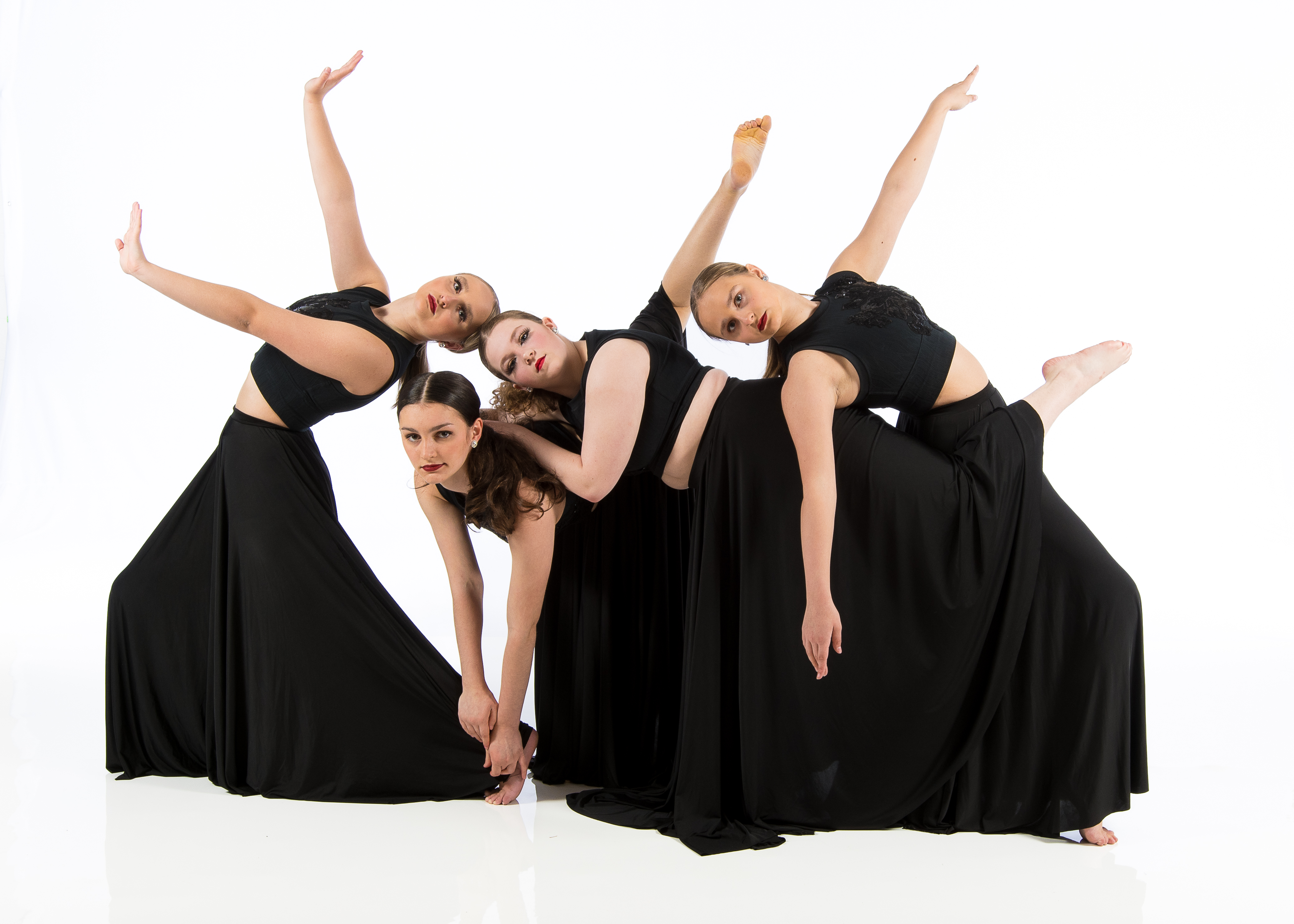Introduction
Dance is a universal language, transcending borders and cultures to bring people together. In Beaverton, Oregon, two vibrant Latin dance styles— Bachata and Merengue—have captured the hearts of many. This article explores the roots, characteristics, and cultural Newberg dance events significance of these two dance styles while examining their rise in popularity within this Pacific Northwest community.
Bachata vs Merengue: Understanding Their Popularity in Beaverton
Both Bachata and Merengue offer unique rhythms and styles that resonate with dancers of all backgrounds. But why are they particularly popular in Beaverton? The answer lies in the city's diverse demographic, its rich cultural events, and the community's enthusiasm for social dancing.
A Brief History of Bachata
Bachata originated in the Dominican Republic during the early 20th century. Initially perceived as a lower-class genre associated with rural life, it has evolved into a globally recognized dance style. The music incorporates elements from bolero, son, and even rock.
The Evolution of Merengue
Conversely, Merengue is often cited as the national dance of the Dominican Republic. Its origins can be traced back to African influences brought by enslaved individuals during the colonial period. Merengue was once considered too simple for formal settings but has gained respect over time and is now celebrated worldwide.
Cultural Significance of Dance Styles
In Beaverton, both Bachata and Merengue serve as more than just entertainment—they act as cultural bridges that connect people from various backgrounds. They foster a sense of community through public gatherings, classes, and social events that encourage participation from everyone.
Comparative Analysis of Bachata and Merengue
Dance Styles: Key Differences
- Rhythm: Bachata typically features a slower tempo compared to the upbeat pace of Merengue. Movement Style: Bachata focuses on hip movement with a distinct side-to-side step, while Merengue emphasizes quick footwork and turns. Music Genres: While both dances share similar roots, their musical genres differ significantly.
The Role of Emotion in Dance
Both styles allow dancers to express emotions but do so differently:
- Bachata often emphasizes romantic themes. Merengue tends to focus on joy and celebration.
Understanding Dance Techniques
Basic Steps in Bachata
Basic Step: This involves stepping side to side while maintaining a close connection with your partner. Hip Movement: A distinctive feature where hip movements play an essential role in expressing rhythm.Basic Steps in Merengue
Side Step: Dancers move side to side or forward and backward while maintaining a consistent beat. Turns & Spins: Quick spins add excitement to this energetic dance style.Social Dancing Culture in Beaverton
Local Dance Classes
Beaverton offers numerous opportunities for aspiring dancers:
- Dance schools frequently host classes where participants can learn both styles. Community centers organize workshops featuring local instructors who specialize in Latin dancing.
Social Events & Gatherings
Regularly scheduled salsa nights or Latin-themed events provide venues for practicing these dance styles:

- These gatherings often attract a diverse crowd eager to participate in lively dance sessions.
The Impact of Technology on Dance Popularity
Online Learning Platforms
With platforms like YouTube offering tutorials on Bachata and Merengue:
- Many beginners now have access to quality instruction from home.
Social Media Influence
Social media plays a significant role in promoting these dance styles:
- Dancers share their routines online, inspiring others to join the trend.
Common Misconceptions about Dance Styles
Bachata is Only for Couples?
No! While traditionally danced with partners, solo Bachata moves are increasingly popular.
Merengue is Easy; It Lacks Depth?
Not true! Though it has simple steps, mastering advanced techniques takes effort.
FAQs about Bachata vs Merengue in Beaverton
What is the main difference between Bachata and Merengue?- The primary difference lies in rhythm; Bachata is slower with romantic undertones whereas Merengue is faster-paced and celebratory.
- Absolutely! Many dancers enjoy learning both as they complement each other well.
- No! Dance classes welcome participants of all ages, making it an inclusive activity for everyone.
- While there’s no strict dress code, wearing comfortable clothing that allows movement is advisable.
- Check local community centers or social media pages dedicated to Latin dancing events for updates.
- Not at all! Classes cater to all skill levels—from beginners to advanced dancers.
Conclusion
Bachata vs Merengue: Understanding Their Popularity in Beaverton reflects not just individual preferences but also broader cultural dynamics at play within this thriving community. As each style brings its own flavor to social gatherings and personal expression through dance, it becomes clear that both have found a welcoming home among Beaverton residents who embrace diversity through rhythm and movement.
In summary, whether you're swaying gently to the sweet sounds of Bachata or moving energetically across the floor with Merengue beats echoing around you—these dances are more than just forms; they’re experiences that bind communities together through shared joy and passion for life itself. So grab your dancing shoes; let’s hit the floor!
This comprehensive guide aims not only to inform but also invites readers into the joyful Dance Styles in King City world of Latin dancing—a world where every step tells its own story amidst laughter and camaraderie.